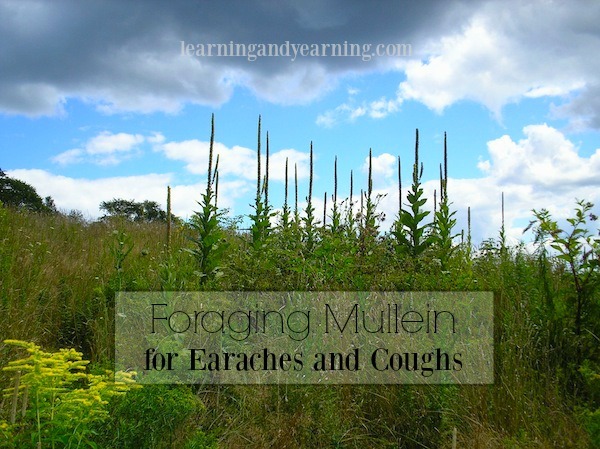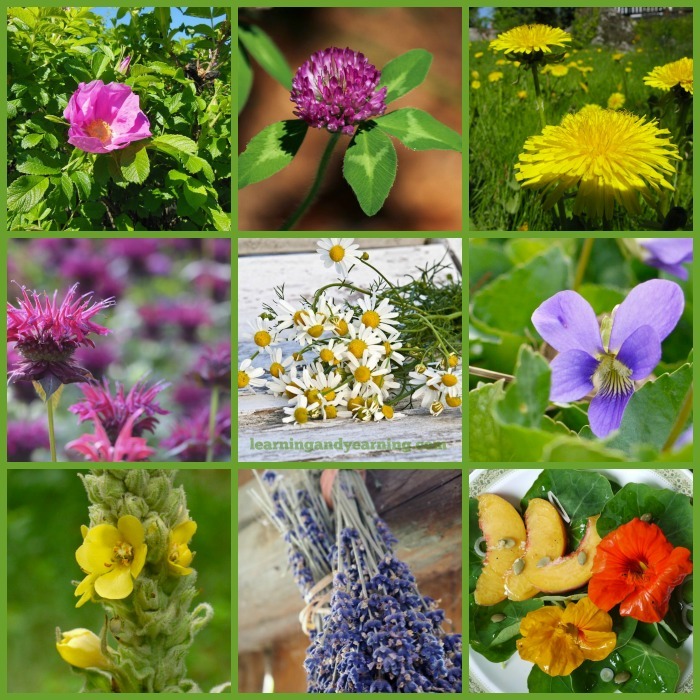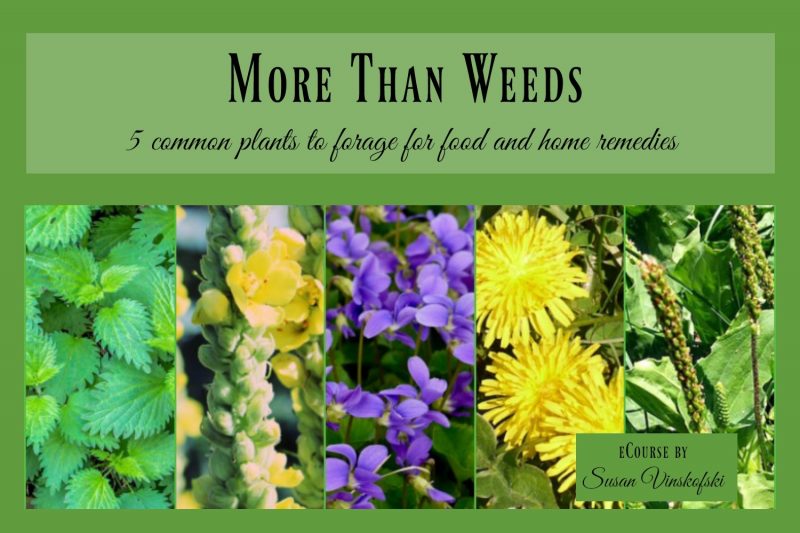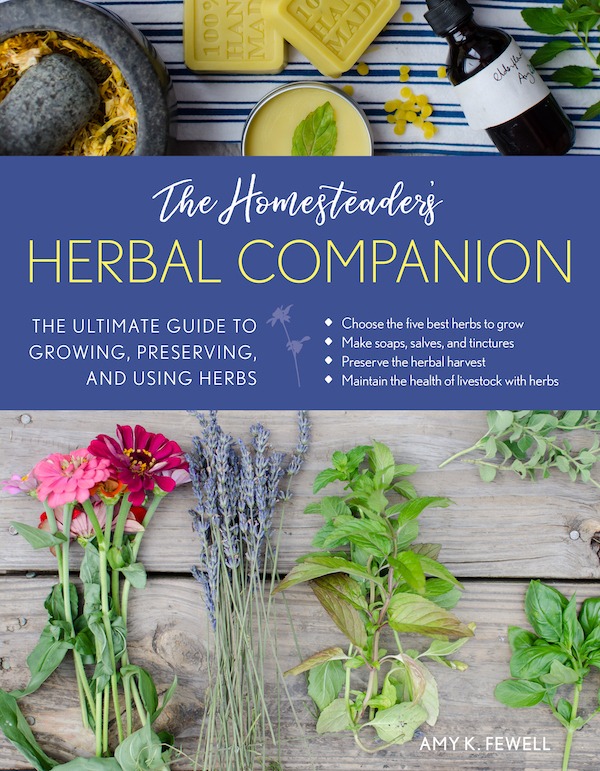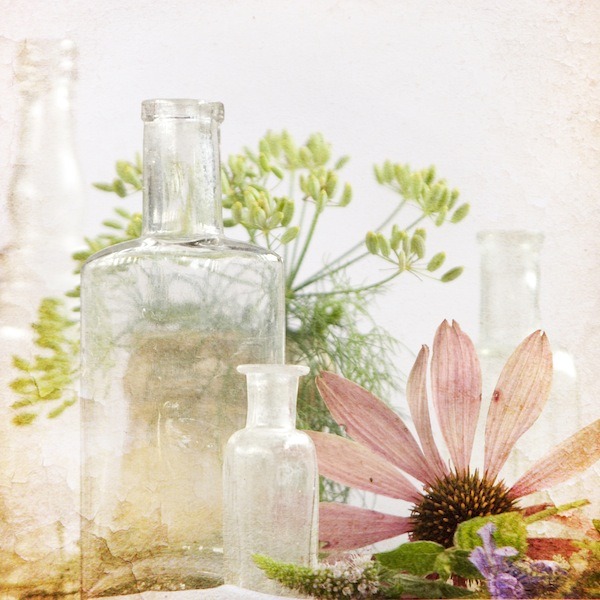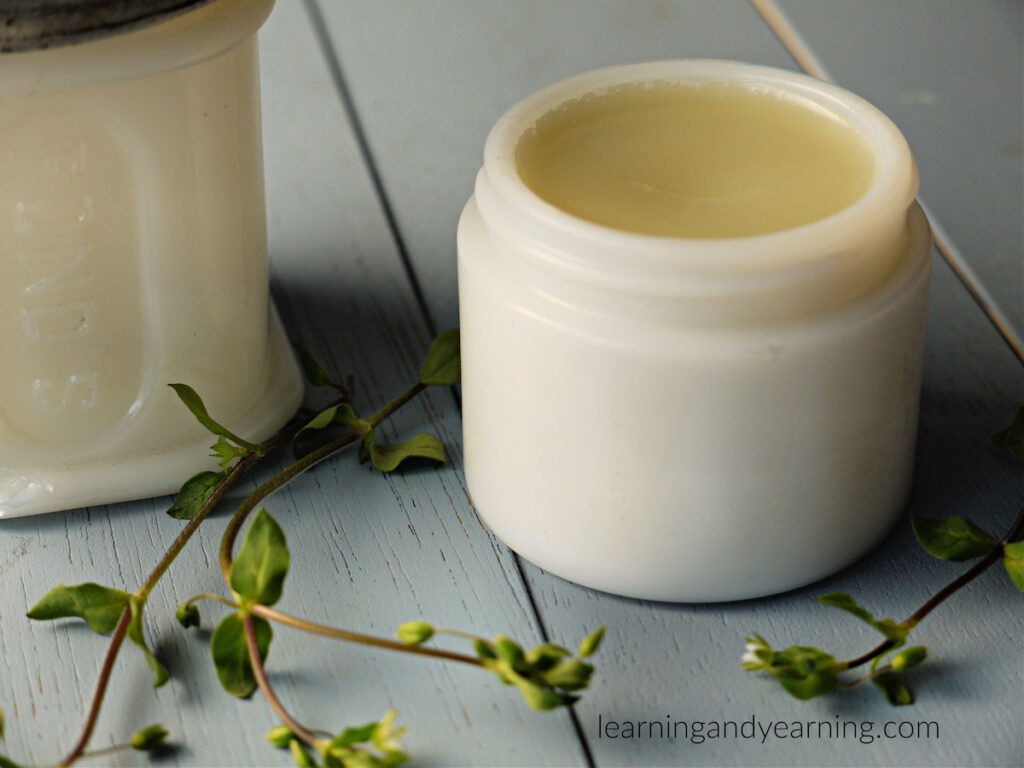One of the most difficult things, at least to me, about learning a new subject is the fact that you have to learn a new language, in a sense. It’s true whether you’re learning to cook, or learning to make soap.
Herbalism is no exception. Each medicinal herb has specific properties, some of which, like ‘antidepressant’, or ‘laxative’, are familiar. But when I read that an herb is cholagogue, or cicatrizant, my eyes begin to cross.
My goal in learning more about herbs is to be able to make some basic home remedies to treat minor burns or stings, to relieve coughs and colds, or to manage pain from headaches or earaches. Things our grandmothers knew, ya know?
Making herbal infusions and decoctions is a great way to meet that goal.
My plan is not to become an herbalist. I have no intention of diagnosing, or treating patients so I don’t need to learn it all. There are, of course, terms that are very useful to know even for someone like me who is mainly interested in home medicine.
It is important for someone like me, for example, to know what medicinal herbal teas are, and how to make them using infusions and decoctions.
Medicinal Herbal Teas
A medicinal herbal tea is a beverage, served hot or cold, which has been prepared by either infusing or decocting parts of medicinal plants for the purpose of healing. Whether to use an infusion or decoction depends, in general, on the part of the plant being used.
Medicinal teas are generally stronger than a tea you would drink just for pleasure. It is helpful to make medicinal teas by the quart since you’ll usually need to drink several cups a day.
Infusions and Decoctions
Herbal Infusions
Steeping a plant in boiling water is called infusion. Infusions are made from flowers and leaves, and sometimes seeds and berries.
To make an infusion, pour a quart of boiling water over 4 tablespoons of a dried herb, or 8 tablespoons of fresh. Cover and let steep for 30 – 45 minutes. Strain.
Herbal Decoctions
Gently simmering a plant is called decoction. Decoctions are made from roots and bark, and some seeds.
To make a decoction, place 4 tablespoons of dried root or bark or 8 tablespoons of fresh in a pot with 1 quart of water. Slowly bring to a boil, and then cover and simmer for 30 – 45 minutes. Strain.
Folk Medicine
Long before over the counter medicine, there was home medicine, which was often herbal in nature.
Mullein leaves to ease coughs. Aloe to soothe burns. Nettle infusions to help with allergies. But much of this knowledge has been forgotten.
I’m on a journey of discovery, and I hope you’ll join me. A great beginning resource for this journey is Rosemary Gladstar’s Medicinal Herbs: A Beginner’s Guide.
Be sure to also visit my post Natural Home Remedies for Your Medicine Cabinet.
More About Herbs
For lots of great information on herbs, you’ll love the blog at the Herbal Academy of New England.
If you’re looking for a quality source of dried herbs, you’ll love Frontier or Starwest Botanicals.


